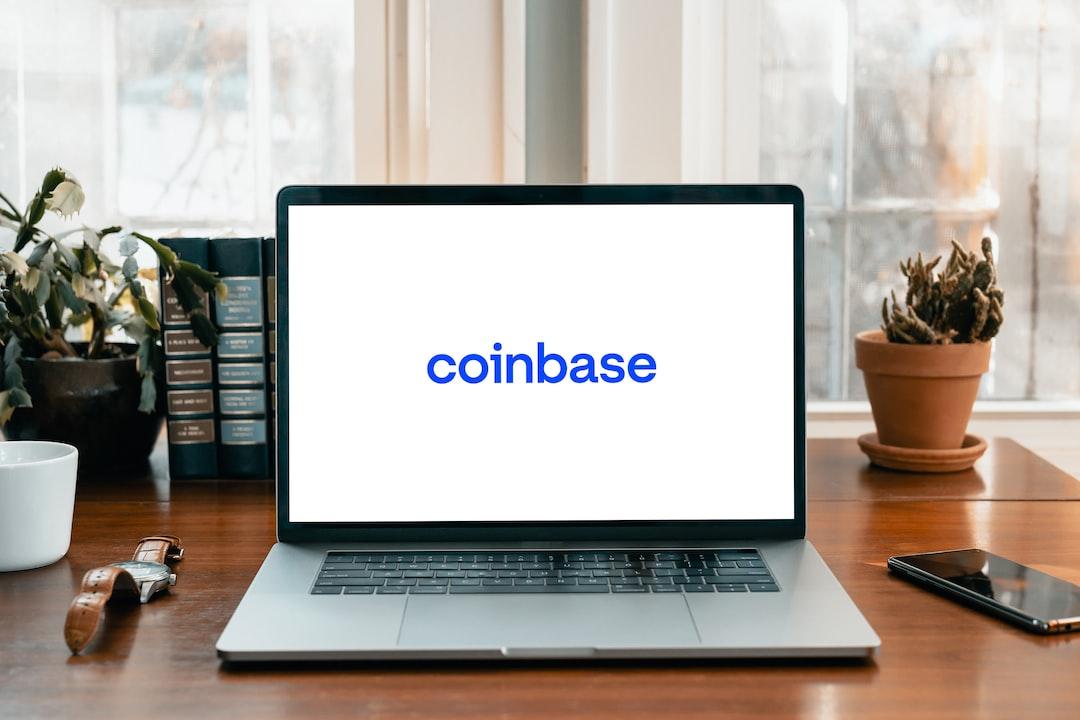DingPay Wallet allows individuals to hold and use various digital assets such as cryptocurrencies and non-fungible tokens (NFTs), and also helps people connect to a variety of decentralized applications (DApps). Once individuals connect their DingPay Wallet to these services, they can use the assets stored in their wallet to participate in the Web3 economy.
A Web3 wallet is the gateway to the digital economy. You need a Web3 wallet to use any DeFi DApp, just as you need a bank account to access traditional financial services. DingPay Wallet is the key for individuals to open and freely participate in various Web3 economic activities.
When users create a DingPay Wallet, the wallet app generates four key components to enable it to work:
1. Public wallet address
This is similar to an email address or phone number. When someone sends cryptocurrency to your wallet, they direct it to your wallet address in the same way they would send an email to your email address or call your phone directly.
2. Password
The user’s password is the first line of defense for their wallet. When setting up the DingPay Wallet, the wallet app prompts the user to create a password. It is important to note that this password is not the private key. It is only used to log in to the wallet app, similar to logging in to social media accounts with a password.
3. Seed phrase
The seed phrase is the core security mechanism of the DingPay Wallet, consisting of a series of 12-24 words called a mnemonic phrase. If a user loses the device where the wallet app is installed (e.g. a phone) or needs to reinstall the wallet app on a new device, they will need to input the seed phrase on the new device. If the seed phrase is lost, the user may never be able to access their wallet.
4. Private key
The private key is a long string of letters and numbers that only the wallet owner can access. Just as every wallet has a public key (used to generate the wallet address), it also has a private key. When making a payment request, the wallet owner uses their private key to digitally sign each transaction. This signature confirms that the person controlling the wallet authorizes the transaction. Anyone can deposit assets into a person’s public wallet address, but only the private key holder of the wallet can authorize withdrawals or transfers. To ensure the security of cryptocurrency, users can use the DingPay Card cold wallet for offline storage of private keys and use the DingPay Card for signing.
Creating a more open and convenient financial system is the core vision of the Web3 era, which means providing more possibilities for financial products and markets.
DingPay Wallet is an innovative tool for users to access the Web3 economy. In order to support the development of the Web3 platform, DingPay Wallet continuously integrates new features, allowing users to participate in the DeFi economy directly from a single wallet app.
As an integrated center for DeFi users and cryptocurrency owners, DingPay Wallet allows users to access hundreds of different DApps directly from their wallet services, including popular DeFi data applications. With the continuous expansion and innovation of DeFi, DingPay Wallet continuously integrates innovative technologies, making it an easy-to-use and user-friendly Web3 wallet today. People will be able to view their assets just like they do on current banking apps, and seamlessly transfer, borrow, and provide liquidity on DeFi exchanges.

